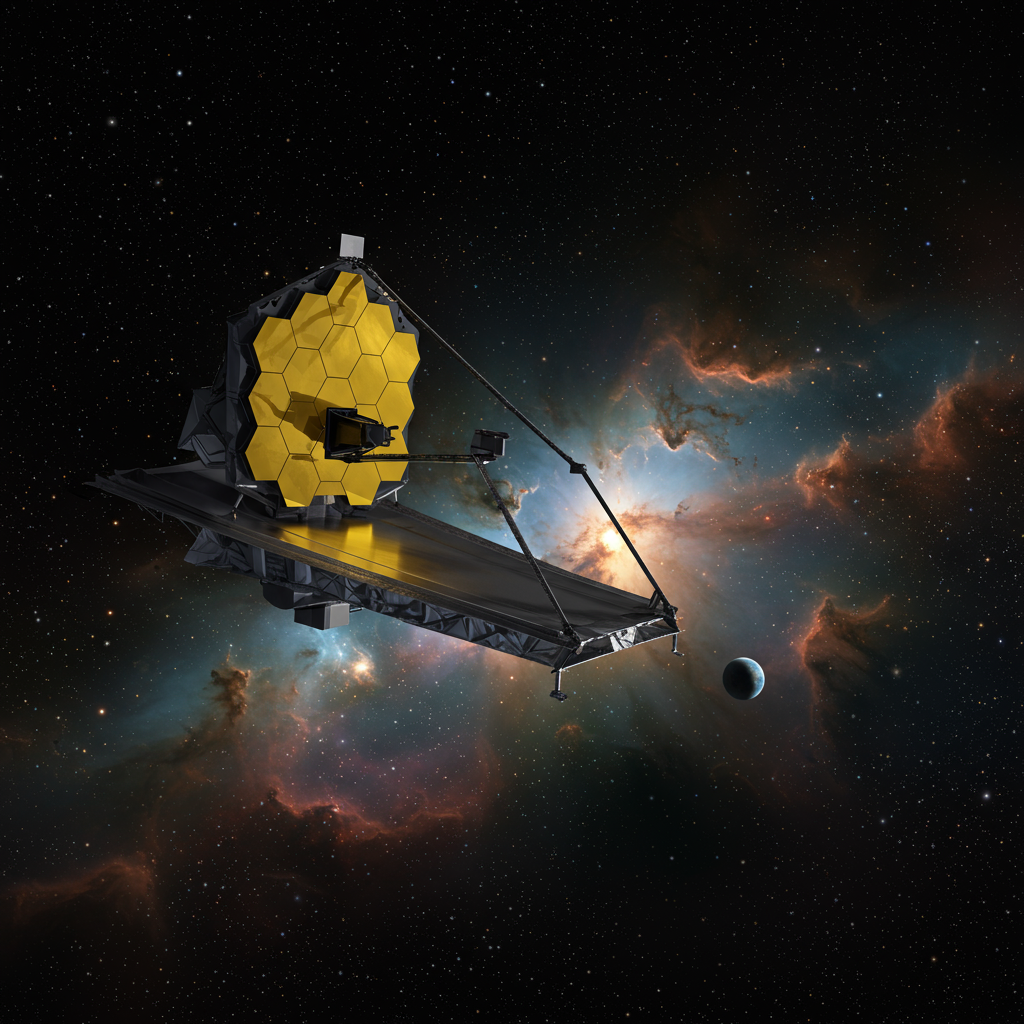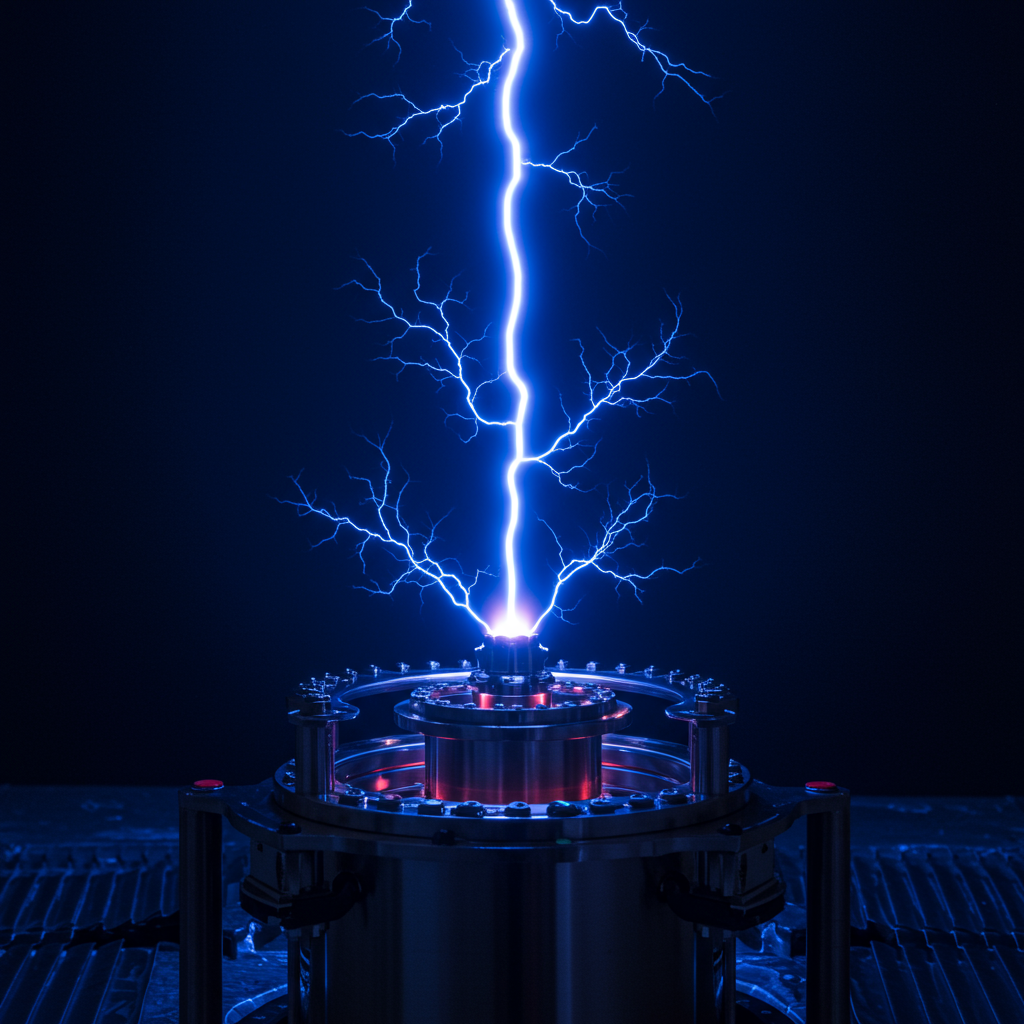Unlocking Clues to ancient Mars Water: Perseverance Rover’s Latest Discovery
NASA’s Perseverance rover is unlocking profound secrets about Mars’ distant past. Its recent discovery of clay minerals embedded in bedrock on the rim of Jezero Crater has ignited excitement among scientists. these tiny mineral structures could hold critical clues to whether Mars once harbored conditions suitable for life. Found on the Krokodillen plateau, this clay-rich rock is a prime target for sampling. It offers a potential window into an era when the Red Planet was vastly different – possibly warmer, wetter, and potentially habitable.
The Discovery Site: Jezero Crater Rim’s Krokodillen Plateau
Perseverance, a key component of NASA’s Mars exploration efforts, has been methodically exploring the diverse geology within and around Jezero Crater. This ancient impact basin is believed to have once hosted a lake and a river delta. After investigating areas like Witch Hazel Hill, the rover moved onto the Krokodillen plateau. This low-lying terrain sits along the outer slopes of the crater rim. It was here that Perseverance’s sophisticated instruments, including the SuperCam, detected clear signatures of clay minerals within the bedrock.
The science team quickly recognized the importance of this find. Perseverance performed an initial investigation, creating a small abrasion patch called Strong Island back in April. After a brief detour, the rover returned to the Krokodillen plateau for more extensive study. This included creating the Laknes abrasion, which provided scientists with a fresh surface to analyze the composition of these intriguing rocks. Initial data suggests that the presence of clay isn’t uniform across the plateau, indicating a complex geological history.
Why Clay Minerals Are Crucial for Mars Science
So, what makes clay minerals on Mars so exciting? These minerals, scientifically known as phyllosilicates, primarily form through a specific process: the extensive interaction between volcanic rocks, like basalt, and liquid water. Their presence is strong evidence that liquid water flowed or pooled in the area for significant periods in the past. But there’s another critical reason they are high-priority targets. Phyllosilicates are exceptional preservers of organic materials. If organic molecules were present in the ancient Martian environment, these clay structures could have adsorbed or encapsulated them. This effectively creates a microscopic time capsule.
On Earth, clay minerals have preserved evidence of microbial life for billions of years. Finding similar preservation capabilities on Mars could mean that if life ever arose there, signs of it might still be locked within these ancient rocks.
Clay Minerals and Mars’ Ancient, Wetter Past
The clay-bearing rocks on the Krokodillen plateau might be among the most ancient rocks Perseverance has encountered. Scientists theorize they could date back to Mars’ Noachian period. This geological era, roughly 4 billion years ago, is believed to have been a time when Mars was much warmer and wetter than it is today. Clay-rich deposits are widespread around the Jezero region. Many are thought to originate from this ancient, water-rich epoch.
Studies focusing on Martian clay deposits offer crucial insights into these ancient watery environments. Analysis of clays in various locations, not just Jezero, suggests they often formed in stable, placid lake environments. These studies indicate formation away from turbulent river valleys, implying conditions calm enough for clay particles to settle layer by layer over long durations. Such stable environments, with minimal erosion, would have been ideal for sustaining potentially habitable conditions. This contrasts with transient floods. Earth analogues show that thickest clay layers form in humid settings with low physical erosion.
Broader Context: Mars’ Widespread Clay Evidence
The discovery at Jezero adds to a growing body of evidence pointing to a wet ancient Mars. For example, a separate study found extensive, thick layers of clay minerals within mysterious buttes and mesas in the northern plains, specifically in the Chryse Planitia region. These findings suggest the possible existence of a vast ancient ocean or large lakes around 4 billion years ago. The layered structure of these clay deposits indicates a distinct wet period in Martian history.
These widespread Mars clay minerals highlight key locations for future exploration. The area studied in the northern plains is geologically linked to Oxia Planum. This is the planned landing site for the European Space Agency’s Rosalind Franklin rover mission, set for 2028. This further underscores the importance of clay-rich regions in the search for past life on the Red Planet. Even in areas just outside Jezero Crater, like the Forlandet quadrangle where Perseverance is also exploring, scientists are looking for ancient rocks, comparing different bedrock types to understand the region’s complex formation history, including its water-related mineralogy.
The Road Ahead: Sampling and Analysis
The potential of the clay-bearing bedrock on the Krokodillen plateau is immense. The Perseverance rover Mars mission includes the critical task of collecting carefully selected rock samples. The science team is now actively roving the area. Their goal is to establish a clear geological context for these clay rocks. This helps them understand how the rocks formed and relate to surrounding geology.
Crucially, they are also searching for the absolute best site to drill and collect a sample. These samples will be sealed in tubes and eventually retrieved by future missions as part of the Mars Sample Return campaign. Bringing these samples back to Earth will allow scientists to use sophisticated laboratory instruments far more powerful than those on the rover. They will search for definitive signs of past life, including complex organic molecules and potential biosignatures preserved within the clay minerals.
Unlocking Mars’ Deep History
The Jezero crater clay discovery represents a significant step forward in our quest to understand Mars’ history and its potential for life. It reinforces the picture of an early Mars with abundant liquid water, providing environments where life could theoretically have emerged. The detailed analysis of these ancient clay minerals, both on Mars by Perseverance and eventually back on Earth, promises to unlock profound insights into the Red Planet’s deep geological and possibly biological past.
Frequently Asked Questions
What are Martian clay minerals and why are they important?
Martian clay minerals, or phyllosilicates, are geological formations found on Mars that form when volcanic rock interacts with liquid water over time. Their importance lies in two main areas: they serve as strong evidence of past liquid water on Mars, confirming that conditions once existed for potential habitability; and they have the unique ability to preserve organic molecules, acting like “time capsules” that could protect signs of ancient life from radiation and degradation.
Where did Perseverance find these ancient clay minerals?
The Perseverance rover discovered these specific clay minerals on the Krokodillen plateau. This area is located on the outer slopes of the rim of Jezero Crater on Mars. Jezero Crater itself is believed to have once held a lake. The Krokodillen plateau sits adjacent to this ancient lakebed, making it a prime location to find minerals formed by water interaction.
Why is NASA prioritizing sampling these specific clay minerals on Mars?
NASA is prioritizing sampling the clay-bearing rocks on the Krokodillen plateau because of their significant scientific potential. As minerals formed by water, they confirm past liquid water. More importantly, their ability to preserve organic matter means they are excellent candidates for holding signs of ancient life, if it ever existed. Sampling these rocks for future return to Earth allows for advanced analysis in labs, offering the best chance to search for biosignatures and understand Mars’ early habitability.



